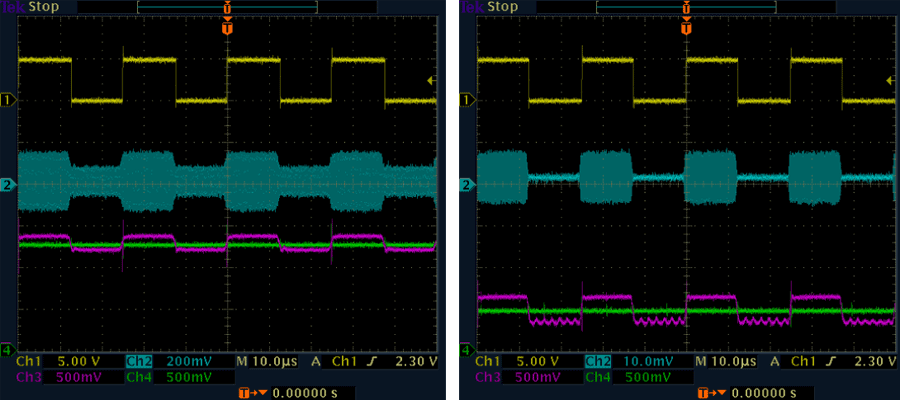Both ASK and OOK modulation are ways to encode information and assemble them into radio signals to transmit, for example, wirelessly.
Information to transmit are all numbers, and here ASK or OOK come to code numbers in radio waves, ASK stands for Amplitude Shift Key – which basically means different number has different wave amplitude, for example, number 2 will be a segment of double-unit-amplitude wave or DW, 1 will be a segment of single-unit-amplitude wave or SW, and 0 will be a segment of zero-amplitude wave or ZW, and during continuous transmitting, the number series 210210210… can be coverted to DW SW ZW DW SW ZW DW SW ZW… so three numbers – 012 have been converted to wave form by ASK transformation at transmitter side, then picked up by receiver which recognize the wave form signal and restore them into numbers and information.
ASK however has some problem, as you can see noise interference is everywhere around us, so maybe receiver can’t correctly pick up the amplitude of given signal, causing it more likely to be interfered in application, which means shorter remote distance. So here comes OOK which is better at distinguishing transmitted code.
OOK is basically the same as ASK, the only difference is OOK only has two wave status, on – when there is wave and off – when signal cut off, that’s why the name is OOK – On-Off Key. OOK encoder has greatly simplified encoding difficulty and cost, although OOK is less likely to carry high bit-rate data due to only two status available, but it is enough to be used in garage and gate remote control and other remote keyfobs signal transmission.

Original photo is taken on Aug 1st 2013 showing a OOK transmitter SR-C1 working status visualized using spectrum analyzer. Range selection knob has been chosen to 100KHz range, while the center frequency is 433.92MHz. Updated on May 11st 2016 using better graphics showing ASK and OOK comparision.
As you can see from above photo, the carrying wave has been divided into several pieces, some are longer while the other are shorter, this is pretty much the compositon of carrying wave – which should be a smooth and continuous curve if there is no signal carried, and the OOK encoder, which turns on the transmitting for data one and cut off the transmitter for data zero.
Basically the data 01 stream equals to the gap and line in wave curve when using OOK modulation, data 0 will form a gap in curve while data 1 maintains the original transmitting wave curve.
So the data can be depicted as – starting from the left side – 1101000111101000101110101001001 or something like this, please note this is only for demostration and is not necessarily true due to the fast changing of data.
And also you can see the transmitting strength is peak when at the frequency point, and reduce when frequency deviates from setting center, this is normally can seen, the best transmitter in theory should have a very high curve, minimizing the interfere cast upon other near frequency range.
The transmitting – data 1 wave segment also blocked the noise wave below, forming a gap in noise, which means signal strength has by-passed environment noise. This shows a law that at particular frequency point, only the strongest wave exists at a time, for particular radio receiver.
OOK transmitter has been today’s most commonly used ones in garage and gate control as well as other low-bitrate wireless transmission field, due to its low cost and on-par performance as FSK, in fact many providers and factories have converted their products to OOK for this reason, for example, Merlin has converted its M832 FSK to 945 OOK.

